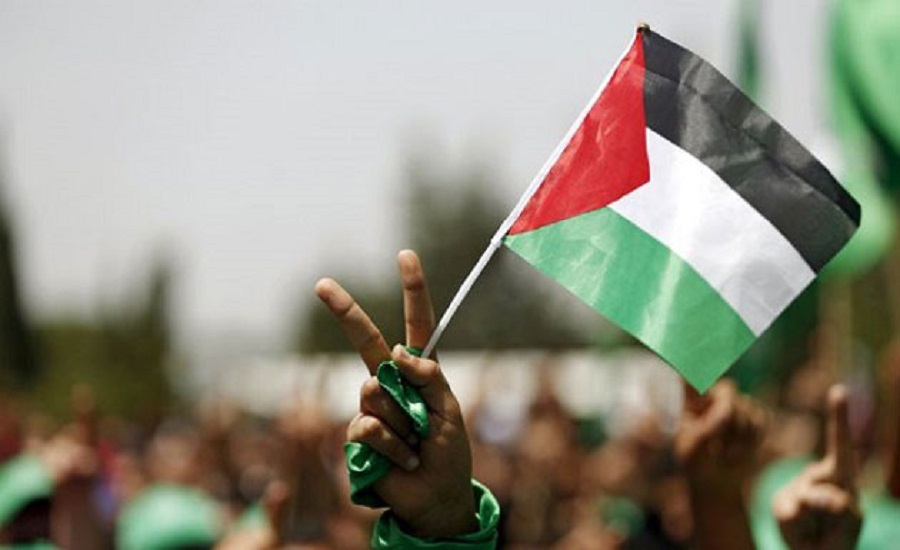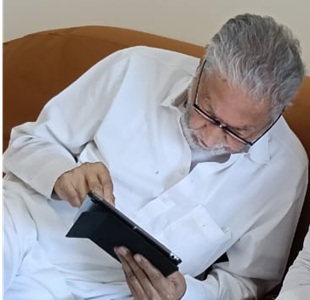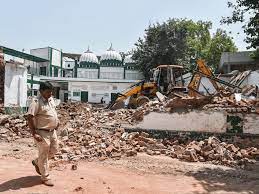By Haroon Moghul
Senior Correspondent, Religion Dispatches
Petroleum and the pilgrimage. The two combined give Saudi Arabia the chance to punch well above its weight, affording one of the world’s most regressive regimes the chance to exercise an outrageous influence on Islam. It’s time to think of alternative arrangements.
It might seem obvious to you why Saudi Arabia is bad for Islam. Because the House of Saud controls Mecca, the direction of Muslim prayer and location of the hajj pilgrimage, and Medina, where the Prophet Mohammed built the first Muslim society, died and is buried, the Kingdom is linked to Islam. And vice versa. Though there is only one Muslim-majority country in the world where women can’t drive, because it is the country that rules over Islam’s holy land, it is assumed that Islam does not want women to drive. Because it is one of the few Muslim-majority countries that suffers an absolute monarchy, it is presumed Islam prefers unaccountable government too.
In so many ways, Saudi Arabia stains the reputation of Islam. But Saudi Arabia has another kind of influence on Islam. Every year, millions of pilgrims descend on Mecca to circumambulate the Ka’ba, the cubical shrine we believe was built by Abraham to honor God, and restored by Mohammed to His worship. Many are from poor countries, and are visibly bedazzled by Saudi conspicuous consumption, the magnificence of the wealth on display, the awesomeness and indescribable hugeness of the great mosques that have been constructed to accommodate their numbers.
I know how many feel. God has given the Saudis money beyond measure, and power over His holy land; this must mean God approves of their Islam.
And what an Islam it is. The official Saudi interpretation of Islam, Wahhabism, was born in violent revolt not only against Shi’a Islam, and the strong traditions of spirituality embedded in Shi’a and Sunni Islam, but even against the Sunni Ottoman caliph. Far from being the world’s leading Sunni power, Saudi Arabia has usurped the mantle of Sunni Islam, helped in its power projection by its small population, great wealth, and the collapse of its erstwhile rivals. (The Ottomans, after all, are long gone.) Saudi Arabia uses oil money to push its Wahhabism onto the Muslim world, and to change Mecca and Medina too.
In recent decades, the Saudis have rebuilt much of Mecca and Medina. Some of this has been necessary. Some of this has been very good. But some of it has come at a great cost to Islam’s dearest relics, monuments and oldest mosques, which have been bulldozed without the least concern.
To be fair, some of the criticism levelled at Saudi Arabia for these urban transformations is unreasonable. Think about it this way: Thanks to modern technology, and rising standards of living, millions of people not only want to go to Mecca, but can afford to. It’s no longer a journey of months, but of days, even hours. They speak different languages, represent different customs, and all want to not only worship in the same mosque, but get to the Ka’ba at the center of it. While it is nice to imagine Mecca and Medina could retain the features and architecture of old cities, it is also fanciful. When you are dealing with traffic flow in the hundreds of thousands, slippery stones and narrow alleys aren’t just problematic.
They can be deadly.
Too, skyscrapers might ruin the alleged vibe of an ancient city, but as every modern urbanist knows, building up is often the only realistic option. So it’s not surprising, or terrible, that Saudi Arabia has built the world’s third-tallest skyscraper right outside the Great Mosque of Mecca. But the bigger question is: Why is it the first-ugliest building in the world? In an age of cell phones and, God help us, a religion that features a regular call to prayer, what is the purpose of attaching a gaudy clock to the top? The biggest question: These high towers are part of the progressive income stratification of a city dedicated to a leveling religion. We’re all equal on the pilgrimage, wearing the same robes, praying side-by-side, but then when we get to our hotels, the stratification resumes. There’s far too much money in Mecca, squeezing out the average pilgrim, and even worse, this money has been introduced even while sacred history is wiped away. So while, yes, the needs of modern religious life might mean old mosques, shrines and historical sites are in the way, that doesn’t demand destroying them.
Flush with ample funds, the Saudis could have easily rebuilt Islam’s sacred heritage elsewhere.
They haven’t even tried. They appear to be going to war with Islamic history, probably so that nothing is left that might challenge the idea that Wahhabism is an intrusion into Islamic history, and not faithful to it.
If you think the Islamic State’s war on antiquities is horrifying, you are right. But it is not exceptional. It has its roots in a perverse and excessive iconoclasm, which has seen Saudi Wahhabist mandates literally crush, demolish, smash, erase, and break down the very sites and landscapes that Muslims worldwide know so well. If you think I am exaggerating, don’t. Several years ago, I helped lead a small group of American Muslims on a pilgrimage to Mecca and Medina. We had a Saudi guide with us who, during our bus tour around Mecca and Medina, refused to let our driver stop at mosques of historical significance, because he thought we might cross the line and worship in a manner unbecoming of an austere and hardheaded Wahhabist. He treated us like children.
Which, of course, none of us were: Wahhabists, or children. (In revenge, I spent the ride back happily pointing out sites of Ottoman significance, while describing the House of Saud’s unseemly alliance with non-Muslim powers against their fellow Muslims.) My fellow pilgrims were incensed. They had paid, scrounged up and saved, and here they were, in their holy city, and they weren’t allowed to stop at, for example, the mosque where Mohammed was commanded by God to turn away from the first direction of prayer, Jerusalem, to the current direction of prayer, Mecca. (It matters if you’re Muslim.) They felt outraged. They felt they were denied the chance to experience their Islam because someone else had decided their interpretation of Islam mattered more.
And that is precisely the point. Mecca and Medina are ruled by Saudi Arabia, but they belong to the Muslim world. They are our collective sacredness. They shouldn’t be an individual possession. Islam is a very egalitarian religion. (As some Muslims joke, people who dislike organized religion should join Islam, because we’ve mastered disorganization.) Islam has few hierarchies, and those that exist are not widely shared. Why then does a regime which represents a sliver of Muslims, exports and enforces an ideology that is historically antithetical to Islam’s rich traditions of pluralism, spirituality and cosmopolitanism, allowed to control our holy cities? Why don’t everyday Muslims get a say?
This is, for the moment, a matter of conjecture. The European Union includes some of the world’s wealthiest, most progressive and secure societies. Yet before the refugee crisis, they are hopelessly divided, and their cooperation pushed backwards. If Europe now can’t do it, how can the present Muslim world manage to come to any kind of alternative arrangement, some more inclusive shared administration of its common properties? The Muslim world is deeply and badly divided; it is hard to imagine how any kind of cooperative agreement could ever be reached, and also, depressingly, not difficult to conceive of other Muslim-majority governments who would make a different kind of mess out of Mecca and Medina.
As it is, Saudi Arabia has the wealth to pour into subsidizing the pilgrimage, and Muslim piety in the Holy Land, in a way few other countries can.
But for how long? Years back, pilgrimage was the preserve of the lucky few. It was too far, too risky, too expensive. My own great-great-grandfather began a travelogue describing his own journey from northern India to Mecca, but he died on the return trip. Today, we have Snapchat hajj channels. Aircraft make the world much smaller. News travels fast. Muslims live all over the world. What I mean to say is, in the past, the idea that Mecca and Medina belonged to all of us was deeply felt, but at best an abstraction. In the years to come, it will be harder for Saudi Arabia to deny the desire of the world’s Muslims to see their holy cities reflect their pieties, and to cease the imposition of a view of Islam which is not only deeply alienating to the rest of the world, but deeply unpopular within the Muslim world.
How that happens is anyone’s guess. But it will happen. I’d say hell or high water, but in the case of a sacred desert, neither seems quite right. But not as wrong as what is happening to the center of my sacred universe.
Haroon Moghul is a Senior Correspondent at Religion Dispatches and a novelist. He writes extensively on international affairs, religion and culture. Follow Haroon on Twitter at @hsmoghul.
Courtesy: http://qz.com






0 Comments